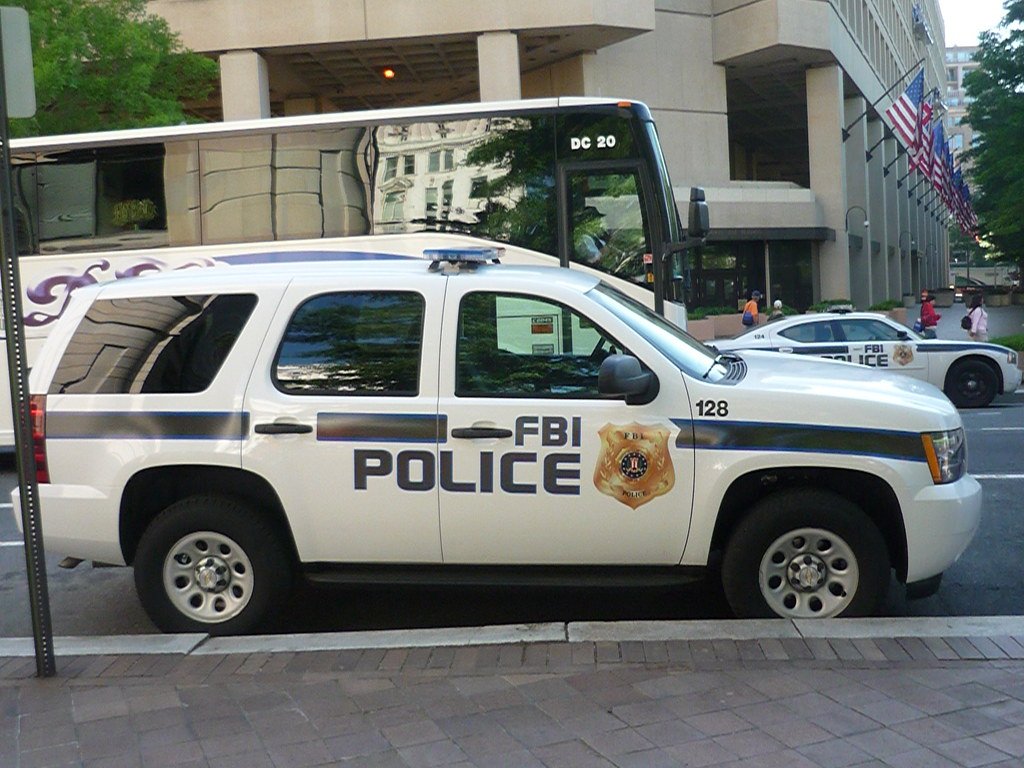
The FBI has handed back a historic manuscript signed by Spanish conquistador Hernán Cortés in 1527 to the Mexican government, representing a significant achievement in the recovery of stolen cultural treasures.
The document—thought to have been taken between 1985 and 1993—was repatriated during a ceremony earlier this month after being located through a collaborative investigation led by the FBI’s Art Crime Team, the NYPD, and federal prosecutors from the Southern District of New York, with assistance from FBI offices in Mexico and Atlanta.
“This is an original manuscript page signed by Cortés on February 20, 1527,” said Special Agent Jessica Dittmer, who led the case. “It outlines payments in gold for an expedition to the spice lands, offering insight into early colonial planning.”


The recovered page was part of a collection maintained by Mexico’s national archives, the Archivo General de la Nación. After microfilming the Cortés collection in 1993, archivists found that 15 pages were missing. In 2024, Mexican authorities sought the FBI’s assistance in finding page 28, one of the lost documents.
By utilizing comprehensive archival records—including wax number markings and patterns of page tears—investigators focused their search on the U.S. and ultimately verified the artifact’s identity. Those who had the manuscript cooperated and gave up any claims, facilitating its return.
No charges are anticipated in this case due to the document having “changed hands several times over decades,” according to Dittmer.
This marks the second Cortés document returned by the FBI. In July 2023, another page—a letter permitting the purchase of rose sugar—was successfully repatriated.
The FBI Art Crime Team is actively searching for the remaining missing pages and encourages the public to provide tips via nyartcrime@fbi.gov.
“These documents are more than paper—they’re a part of Mexico’s cultural heritage,” said FBI Supervisory Special Agent Veh Bezdikian. “Returning them helps repair the historical record and strengthens international partnerships.”




